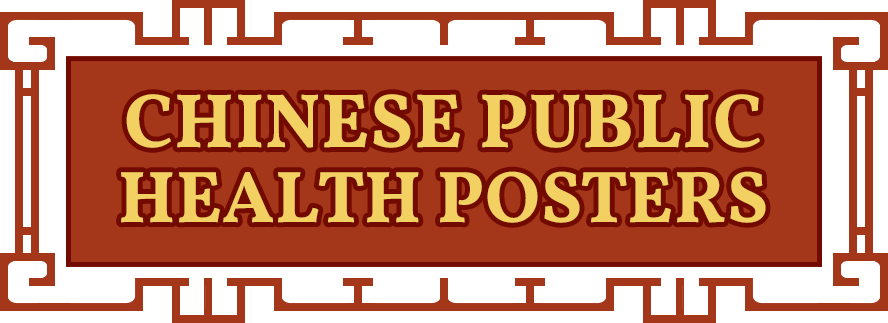Disseminating Health Knowledge: Public Health Campaigns in 20th-Century China
Lesson 3: Popularization of Western Interpretation of Human Body and Biomedicine
When hygiene and the germ theory were popularized via health campaigns, modern interpretation of the human body was taught at schools with the use of colorful images. In the 1930s, Fritz Kahn’s idea of man as machine was introduced to Chinese pupils in biology classes. However, Chinese visual presentation of Kahn’s idea of a mechanical body gained Chinese characteristics that were easy for young students to accept in their own cultural references. In contrast to the traditional Chinese concept of the human body as a microcosm, the Western concept depicted the human body in a mechanical system that can be broken down into different chemical components. The understanding of the human body was modernized in the sense that the body was scientifically analyzable and quantifiable in terms of its chemical components. The images in the “Anatomical Posters” section of the Classics of Chinese Medicine online exhibition are educational posters for biology classes, produced by a Shanghai publisher in 1933.
Primary Sources
- Cochran, Sherman. “Marketing Medicine and Advertising Dreams in China.” In Becoming Chinese: Passages to Modernity and Beyond. Edited by Wen—Hsin Yeh. Berkeley: University of California Press, 2000, pp. 62–97.
- Debschitz, Uta von and Thilo von Debschitz. Fritz Kahn: Man Machine Maschine Mensch. Wien: Springer, 2009.
- Rogaski, Ruth. Hygienic Modernity: Meanings of Health and Disease in Treaty—Port China. Berkeley, CA: University of California Press, 2004, pp. 225–253.
- The Yellow Emperor’s Classic of Internal Medicine. Trans. by Ilza Veith. Berkeley, CA: University of California Press. 1972, Books 1–3, pp. 97–146.
- Matuk, Camillia. “Seeing the Body: The Divergence of Ancient Chinese and Western Illustration.” The Journal of Biocommunication 32.1 (2006): 1–8.
- Marchand, Roland. Advertising the American Dream: Making Way for Modernity, 1920–1940. Berkeley, CA: University of California Press, 1985, pp. 117–163.
- National Library of Medicine. “Anatomical Posters” in Traditional Chinese Medicine.
- National Library of Medicine. “Advertisements” in Traditional Chinese Medicine.
Discussion Questions
- How different was Western interpretation of the human body from traditional Chinese interpretation? Provide examples by comparing the online images of the human body.
- Explain the characteristics of Kahn’s interpretation of the human body and describe how Chinese cultural elements were incorporated in the presentation of Kahn’s concept.
- What methods did the producers of Chinese pharmaceutical advertisements use to make the ads attractive and effective to Chinese consumers? Compare these methods with those commonly used in the United States in the 1920s-30s.

